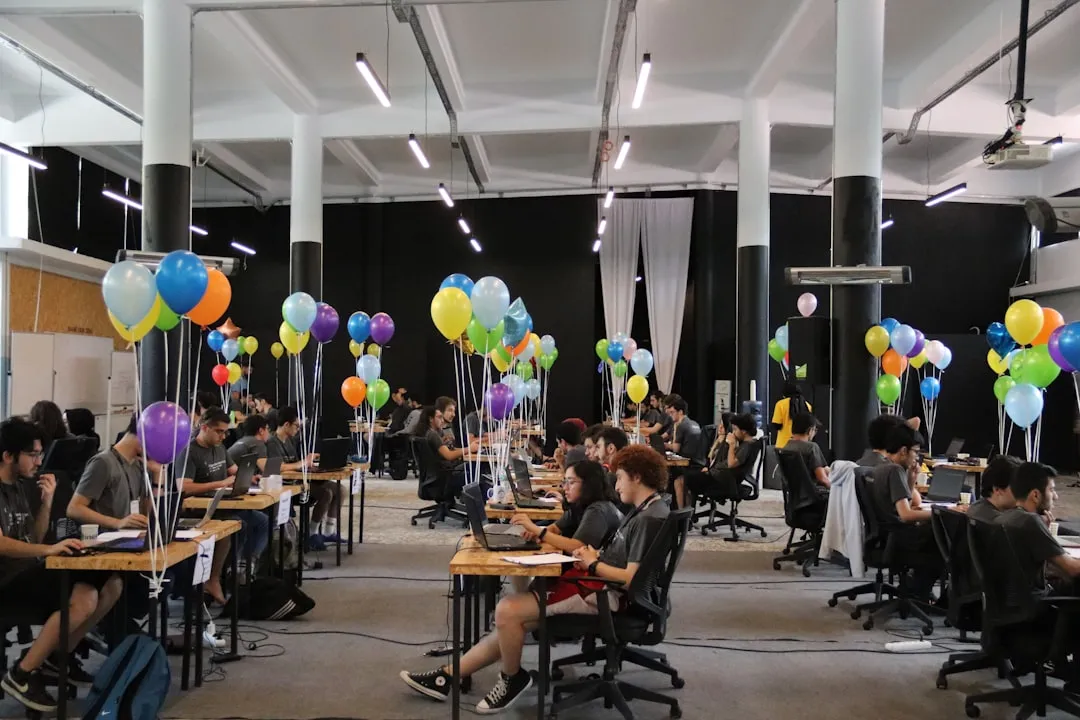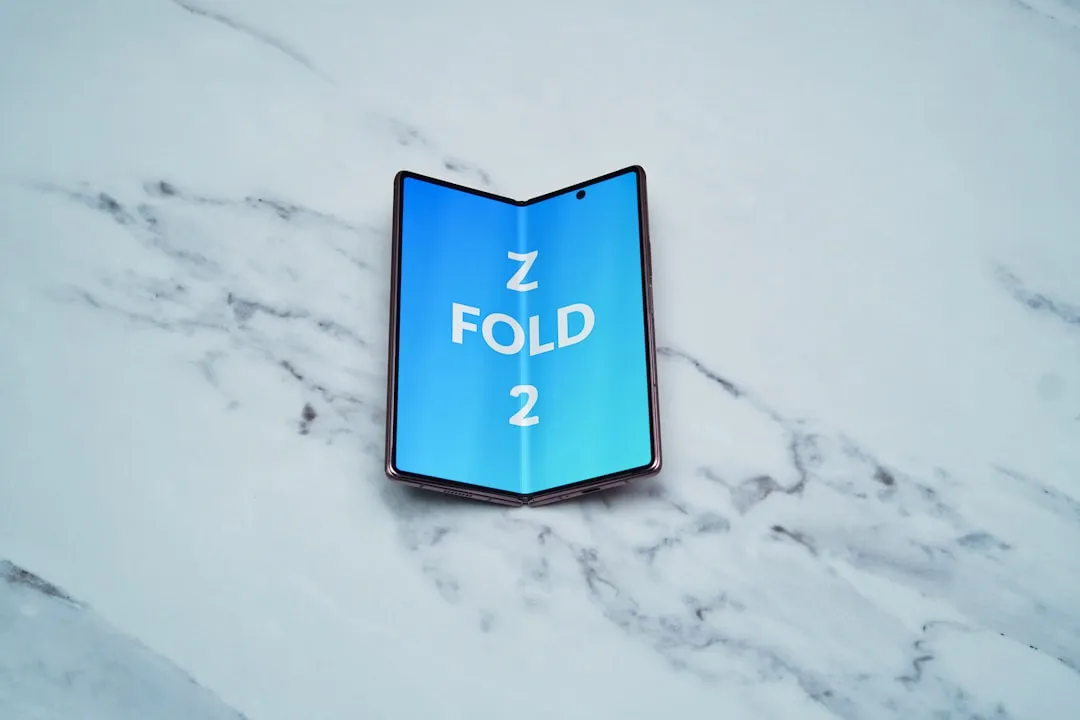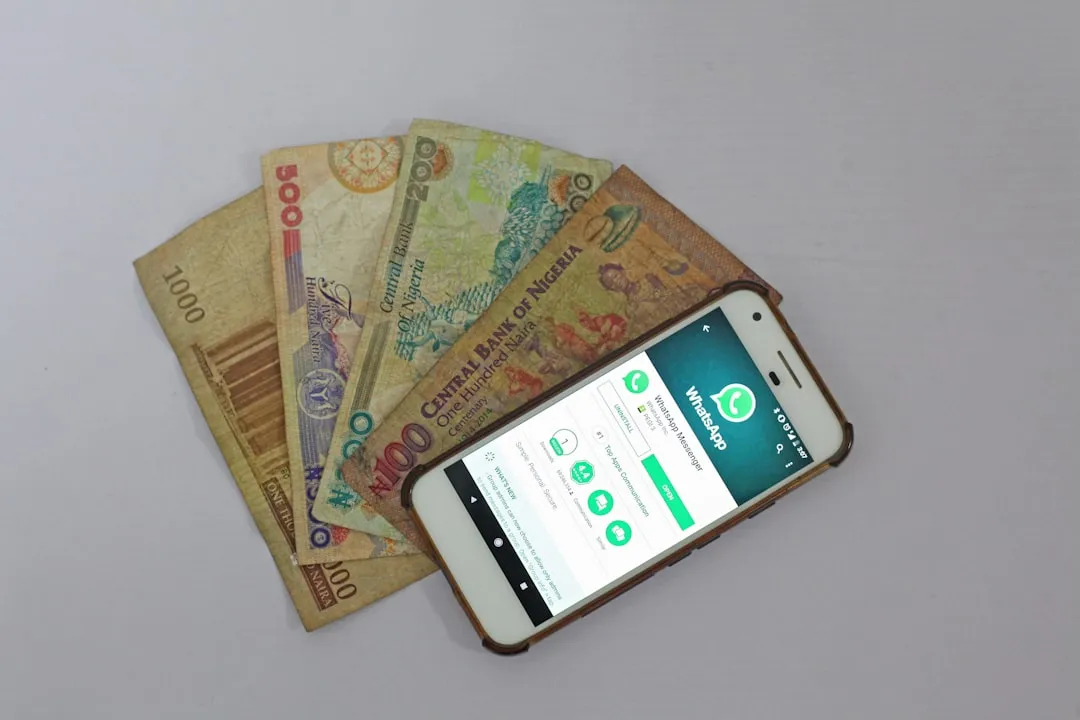How-To Guides about Spanish Language & Culture


how to
How to Say the word "please" in Spanish


how to
How to Say the phrase "nice to meet you" in Spanish


how to
How to Say the phrase "I'm going to work" in Spanish






























Featured On WonderHowTo:
Productivity & Shortcuts










Featured On WonderHowTo:
Music & Audio










Featured On WonderHowTo:
Augmented Reality










Featured On WonderHowTo:
Gaming





























































































































































































































